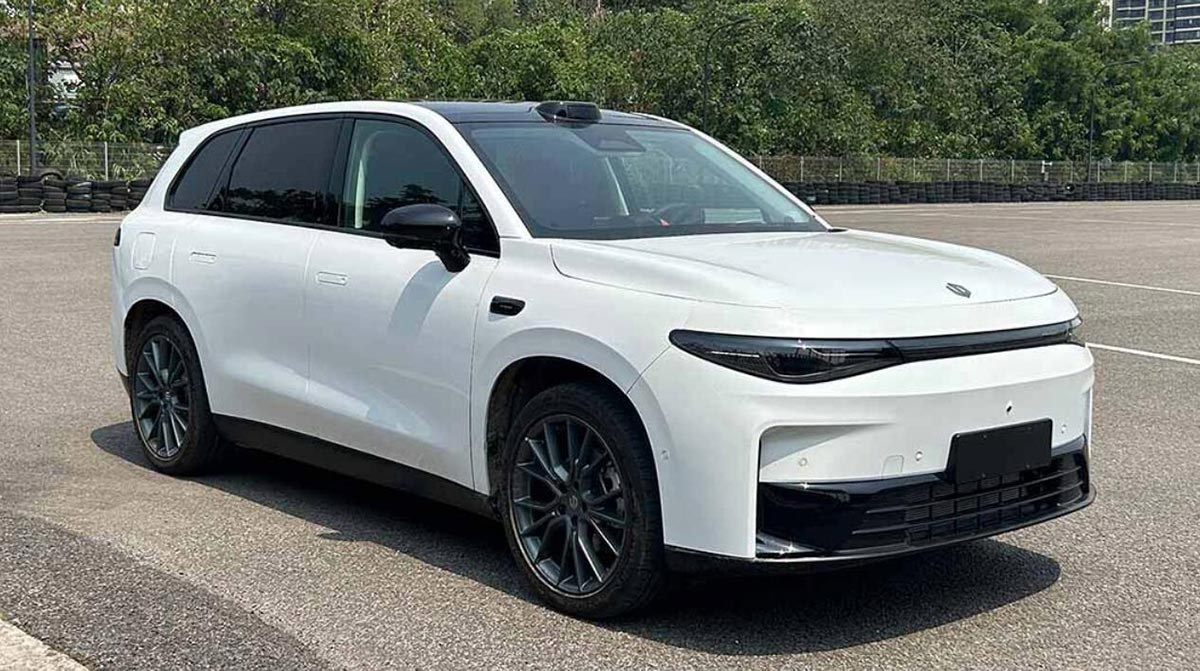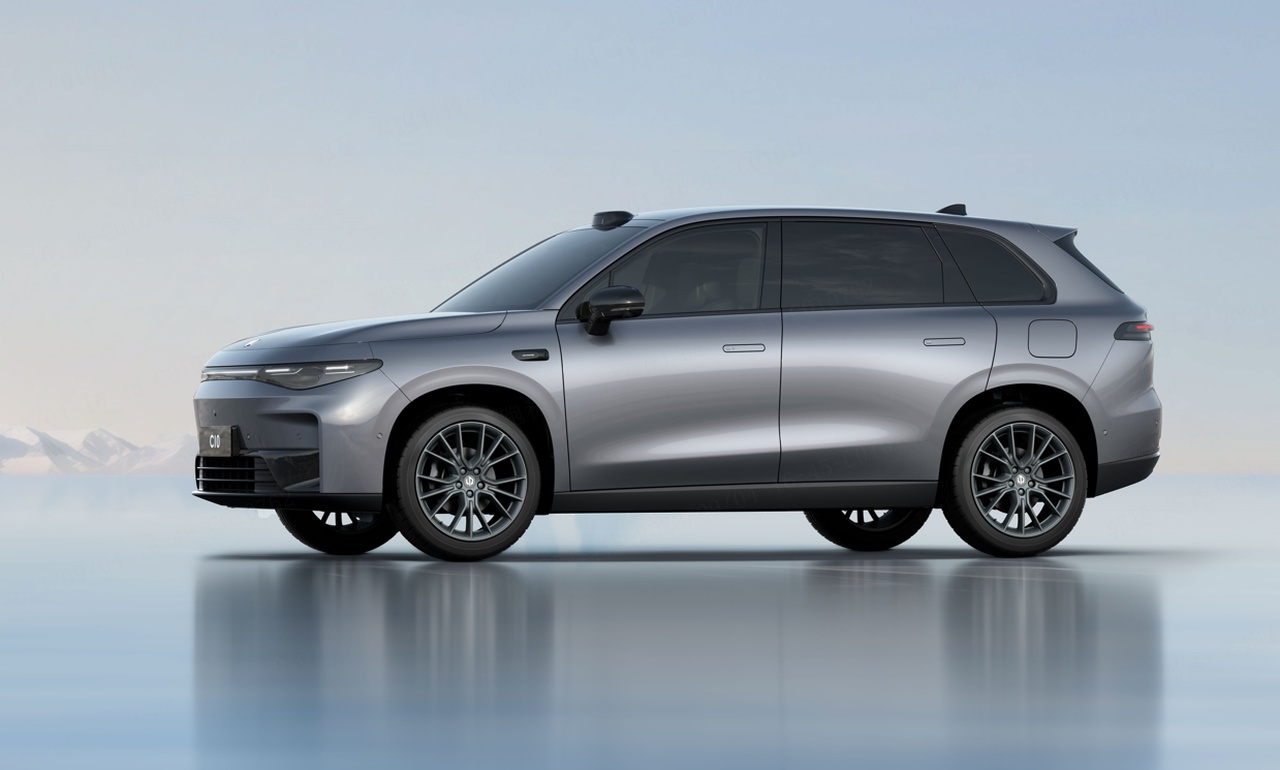It is rumoured in the industry that virtually every Western and Far Eastern carmaker is in some kind of talks with brands from China. To some extent, this is confirmed by agreements made by Mercedes and Geely, Volkswagen and Xpeng, Audi and SAIC. Now CarNewsChina claims that Leapmotor and Stellantis are also in strategic co-operation talks. The same Stellantis concern whose STLA platforms were to form the basis for all the group’s new electric cars.
Stellantis on Leapmotor platforms? Only in China, or also in Europe?
CarNewsChina is a portal keen to distribute rumours favourable to brands from China, not all of this information is confirmed, so the following reports should be approached with caution – but it is worth adding that they are highly probable. Stellantis reportedly wants to invest in Leapmotor and buy a licence for the Leap 3.0 platform, which is suitable for the construction of electric cars and series plug-in hybrids (EREV; internal combustion engine with no connection to the wheels; source).
The first car on the Leap 3.0 platform is the Leapmotor C10, which is also expected to be the brand’s first global model. In China, the car is also to be offered in combustion variants (PHICE a.k.a. EREV); in Europe, it will be electric only. The Leapmotor C10 was shown at the IAA Mobility 2023 in Germany in September, and has now also appeared in the approval documents of China’s Ministry of Industry and Information Technology (MIIT).

Leapmotor C10 in its application to the MIIT. Note the bump on the roof – it’s a lidar (c) Leapmotor / MIIT
The car is a crossover of the D-SUV segment, with a length of 4.74 metres and a wheelbase of 2.83 metres (source). The motor power is chosen wisely, with a maximum of 170 kW/231 hp at the driver’s disposal, although there are also claims of a four-wheel-drive variant with 250 kW/340 hp of power. The Leapmotor C10 battery is based on lithium-iron-phosphate cells supplied by CALB and is made using cell-to-chassis (CTC) technology. Its capacity is unknown, as is the range of the car.
Stellantis wants to gain access to LFP cells?
If reports are confirmed that Stellantis wants to buy the platform from Leapmotor, along with the electronics and software that support it, expect a crisis of confidence in the company. So far, Carlos Tavares has declared that the future of the group is modern STLA platforms, including the STLA Medium derived from EMP. But this situation may have an explanation: in the Li-ion cell market, only Tesla can dictate the terms, the others have to match the manufacturers. It is possible that the entire production of LFP cells has been taken up by Chinese brands for the next few years, and the rest (e.g. LGES) do not yet have finished products.
In such a situation, a co-operation between Leapmotor and Stellantis would allow the western group to quickly access cheaper LFP cells, so that the concern could start to fight price wars with its competitors.
